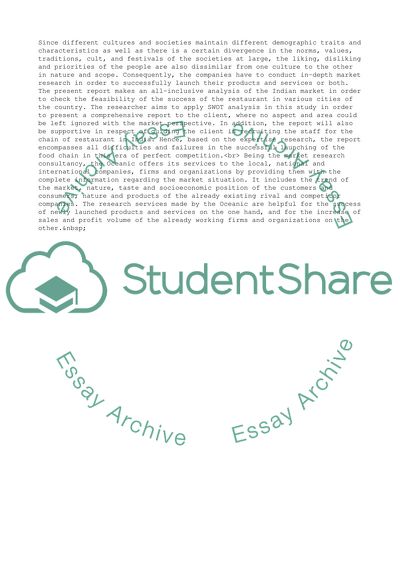Cite this document
(The Problems of the British Restaurant Chain The Spicy While Launching Research Paper - 1, n.d.)
The Problems of the British Restaurant Chain The Spicy While Launching Research Paper - 1. Retrieved from https://studentshare.org/management/1747958-indivual-report
The Problems of the British Restaurant Chain The Spicy While Launching Research Paper - 1. Retrieved from https://studentshare.org/management/1747958-indivual-report
(The Problems of the British Restaurant Chain The Spicy While Launching Research Paper - 1)
The Problems of the British Restaurant Chain The Spicy While Launching Research Paper - 1. https://studentshare.org/management/1747958-indivual-report.
The Problems of the British Restaurant Chain The Spicy While Launching Research Paper - 1. https://studentshare.org/management/1747958-indivual-report.
“The Problems of the British Restaurant Chain The Spicy While Launching Research Paper - 1”, n.d. https://studentshare.org/management/1747958-indivual-report.


